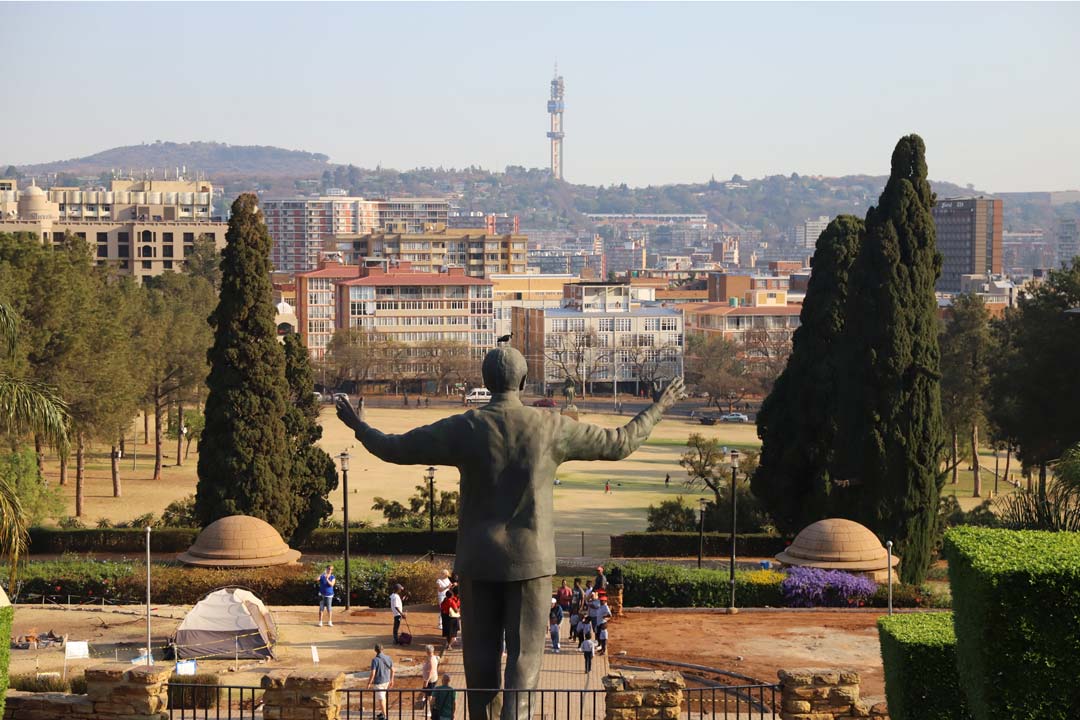BACKGROUND ON
UNION BUILDINGS
National Heritage Site declaration: 02 December 2013
The Union Buildings in Pretoria, together with 120 Plein Street and Tuynhuys in Cape Town, are significant as the administrative offices of the South African Cabinet. They have all played pivotal roles in the history of South Africa through their associations with events, developments, and work of people and organisations that have shaped the political history of our country and continue to do so.
The Union Buildings were designed by Sir Herbert Baker in 1910 and completed in 1913. This stately landmark was designed to symbolise the unity of a divided people (notably the English and Afrikaners) in the establishment of the Union government and later the Republic of South Africa under Apartheid rule. More significantly it has become a symbol of the Democracy of South Africa today.
In the history of the site, the Union Buildings have been the venue of numerous historical events, notably the 1956 Women’s March and the 1994 inauguration of Nelson Mandela as South Africa’s first democratically elected president.
Tuynhuys has been the official residence and gues g;[pthouse of almost all governors of the Cape since the late 1700s and Stamkm nn jk]’l;.p.RMOjl unced the end of Apartheid on 18th March 1992.





